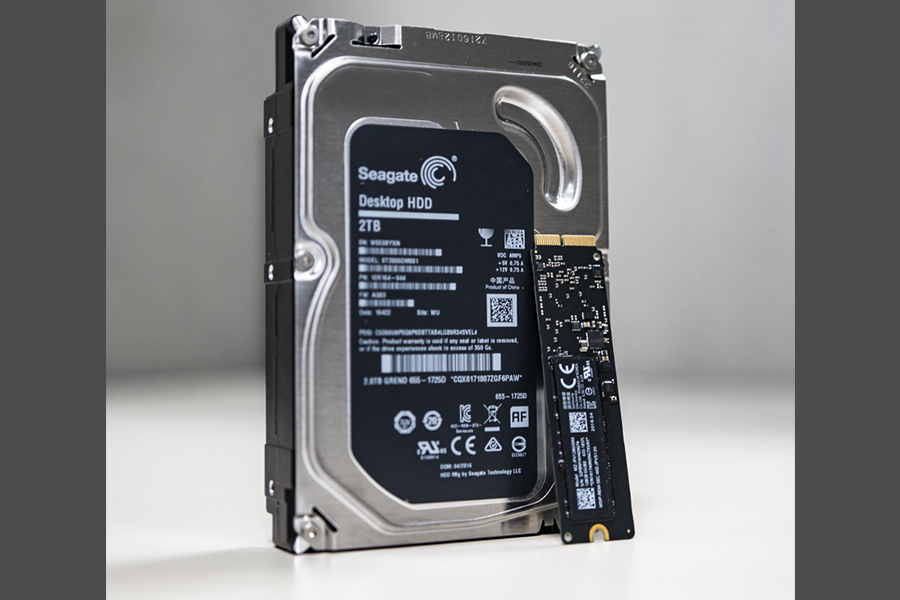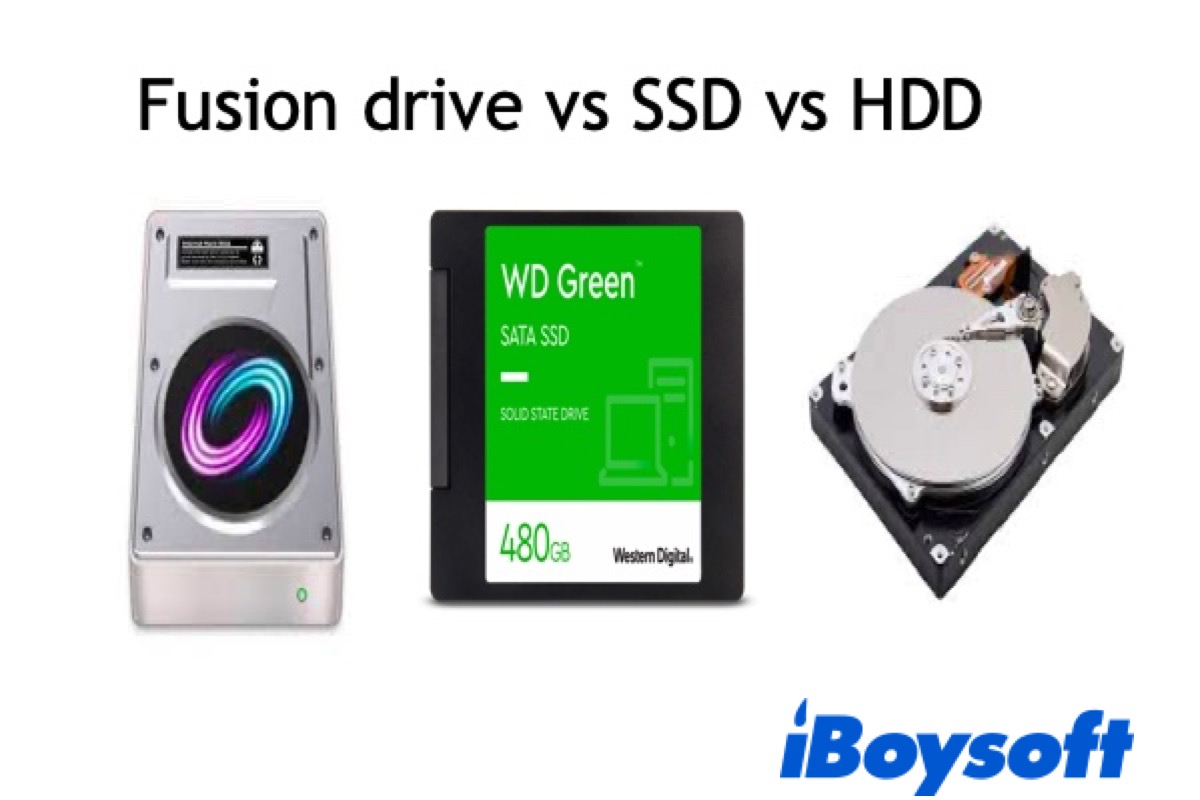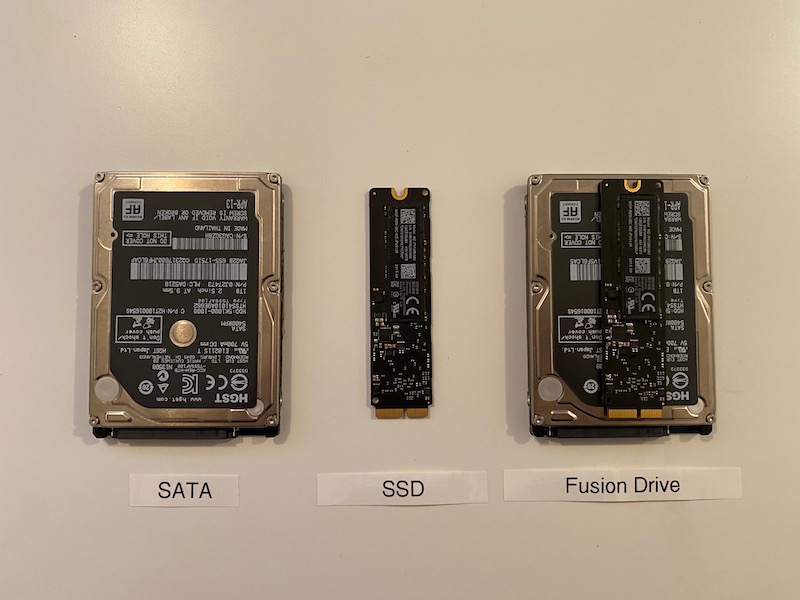Roads & PavementRoads & Pavement
Barefoot
Minimal
Low
Medium
High
Maximal
All around running shoes offer comfort and cushioning for daily runs, jogs, walks, and long mileage. They offer enough versatility for both faster and slower runs and are a great option for those who want one running shoe to do it all.
Fast run or uptempo running shoes are lightweight and responsive. They offer streamlined designs that have minimal uppers and offer a high level of energy return. These shoes are a great option for faster runs in the week or those looking for a livelier experience.
Max Cushion shoes offer premium cushioning with ample ground protection and a stable ride. These types of shoes provide abundant impact protection that softens landings while running at any pace or distance. These types of shoes are best for slower recovery runs and easy days where comfort takes priority.
Racing shoes are designed with optimal performance in mind. These types of shoes have snug-fitting uppers, energetic midsole foams, and features implemented for maximum efficiency. These types of shoes are best for runners looking to gain the ultimate advantage in races but may sacrifice some durability and comfort.
Gym Workout shoes offer a stable and versatile ride. They have a firmer underfoot feeling that provides stability for lateral movements with comfortable uppers. These types of shoes are best for trips to the gyms, cross training, casual wear, and light running. Apple fusion drive on late 2010 MacBook Pro Tomasz Korwel
Road running shoes feature smooth outsoles that are designed for running on paved surfaces such as roads, sidewalks, and bike paths.
Designed to handle most trail runs, these shoes prioritize comfort and a smooth ride. These shoes are great for anything from smooth singletrack, park trails, and fireroads making them ideal for those who run from their doorstep on streets before hitting the trail.
These shoes are best used for hard, rugged trails such as shale, granite or sandstone where grip on smooth surfaces and underfoot protection are important.
Designed for use in muddy, soggy conditions, these shoes feature very aggressive outsoles that dig deep into soft ground for exceptional traction.
These shoes feature technical outsoles designed to grip snowy and icy trails making them ideal for winter trail running.
Cushioning level, or stack height, refers to how much shoe is between your foot and the ground. For this category, we reference the amount of cushioning below the forefoot as the heel height will be equal to or greater than the forefoot height.
Lumbar Spinal Fusion Surgery VS Artificial Disc Replacement
0-13mm. The Shoe generally does not have a midsole and feels like there is no cushioning. This shoe is all about feeling the ground underfoot.
14-18mm. The shoe has a thin midsole that allows for a natural running experience. Racing shoes and minimalist shoes are common here. These shoes offer a feeling of being connected to the road or trail.
19-23mm. The shoe has a slightly cushioned feel and may feature added cushioning technologies. Performance training shoes and some trail shoes are common here. These offer protection during footstrike but prioritize a lightweight, grounded experience.
24-28mm. These shoes have a stack height that fall near the middle of the spectrum.The shoes in this category are verstaile and great for all types of runs and distances.
29-34mm. The shoe has a thick midsole and ample cushioning. These shoes are highly protective and absorb more impact than the body.
35mm plus. The shoe has an extremely thick midsole and extra cushioning. The focus is on protection and soft foam underfoot with hardly any ground feel.
Neutral shoes support the foot through a normal range of arch collapse and generally do not have a built-in technology to correct movement.
Stability shoes are a great option for those who overpronate or need added support. These shoes help to limit the inward rolling motion of the ankle while running or walking and assist in guiding the foot straight through the gait cycle. What Is a Fusion Drive and Why Should You Care Mac Fusion
Product Details:
Fusion Drive quick look Our predictions confirmed Ars Technica sale, Spinal Fusion vs Disc Replacement Orthopedic and Laser Spine Surgery sale, GUIDE DIY Fusion Drive Guide MacRumors Forums sale, Comparison between Fusion Drive and SSD Make an Informed Choice sale, Fusion Drive Performance Practical Limits A Month with Apple s sale, Apple Fusion Drive or Seagate SSHD Is there a difference sale, Fusion Drive Reformat Partition Apple Community sale, HOW TO DIVIDE DIVIDERE FUSION DRIVE MAC MACBOOK PRO MACBOOK PRO PRE 2013 sale, Demystifying Apple s sale, All You Should Know About Fusion Drive on iMac Mac Mini sale, Creating a Fusion Drive Ben Scheirman sale, The Fusion Drive in my Late 2015 27 iMac Apple Community sale, How Do I Know If I Have a Fusion Drive sale, Understanding Apple s Fusion Drive sale, SSD vs FUSION DRIVE Speed Comparison Apple iMac 1TB Disk Speed Test sale, How can I tell if Fusion drive works properly MacRumors Forums sale, C4 5 Anterior Cervical Diskectomies and Fusion Disk Arthroplasty sale, mac Am I using Fusion Drive Super User sale, Fusion Drive vs SSD Speed Capacity Longevity and Price sale, Fusion Drive An overview Macworld sale, Fusion Drives the best thing to happen to El Capitan The sale, macbook pro iMac 27 Fusion Drive restore from SSD Ask Different sale, Pro tip How to create and disable a Fusion Drive sale, Meet Fusion Drive A Month with Apple s Fusion Drive sale, Apple Fusion Drive Data Recovery HDD and SSD sale, What is Apple s new fusion drive and is it better than SSD Quora sale, Apple fusion drive on late 2010 MacBook Pro Tomasz Korwel sale, How to Recover Data from A Fusion Disk With Pictures EaseUS sale, How to make your own Fusion Drive Macworld sale, Apple Myth 15 Do not install Big Sur on an Apple Fusion Drive sale, Fusion Drive Not Showing Up or Not Working on Mac Fixed sale, How do I stop a 2012 iMac internal Fusion drive from powering up sale, More on Fusion Drive How it works and how to roll your own Ars sale, Mac Fusion Drive Vs SSD Vs Hard Drive TechCult sale, Artificial Disc Replacement vs Spinal Fusion Spine.MD sale, Mac After Dark Mobile Macintosh Service Perth Western sale, Fusion Drive vs. SSD vs. HDD sale, What Is a Fusion Drive and Why Should You Care Mac Fusion sale, Lumbar Spinal Fusion Surgery VS Artificial Disc Replacement sale, Apple fusion drive on late 2010 MacBook Pro Tomasz Korwel sale, Recover Data From An iMac Fusion Drive iMac Data Recovery sale, 1TB Fusion Drive 2.5 sale, Apple Fusion Drive Data organization and recovery sale, Spinal Fusion What It Is Purpose Procedure Risks Recovery sale, Fusion Drive vs SSD vs Hard Drive Which is better sale, The Problems with Spinal Fusion Centers for Artificial Disc sale, What is a Fusion Drive s working life PressReader sale, Two Hard Disks Joined at the Hip The Case of Data Recovery from sale, Setting Up a Fusion Drive on Your Current Mac sale, Hard Life Lesson of Owning an iMac With a Fusion drive by sale, Product Info:
Fusion disk sale.
- Increased inherent stability
- Smooth transitions
- All day comfort
Model Number: SKU#7481209





